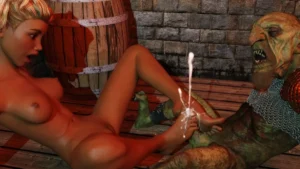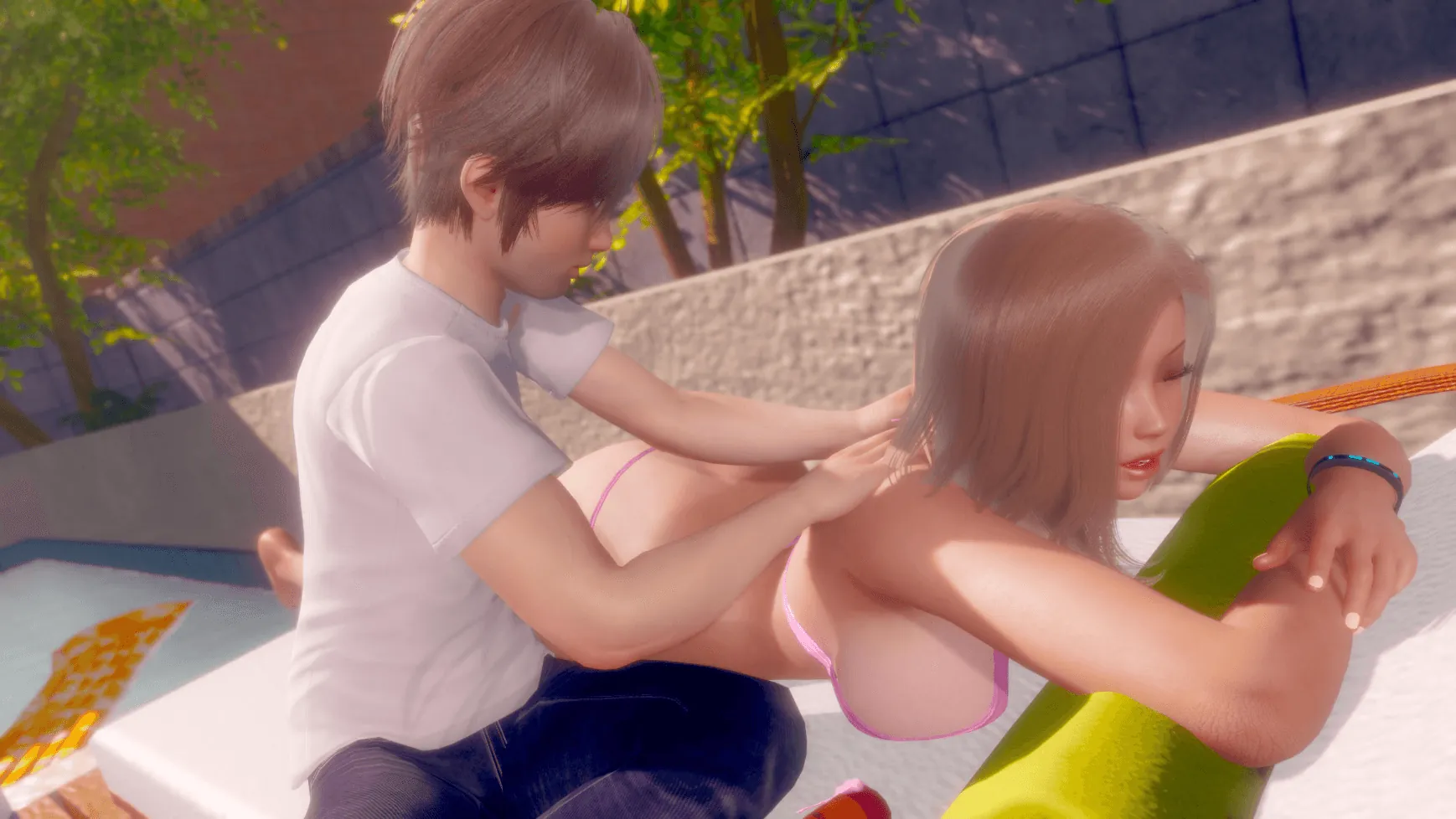
Healslut
Play Healslut
Healslut review
Explore Healslut’s unique gameplay, mechanics, and immersive storytelling
Healslut is a distinctive adult-themed RPG that blends strategic gameplay with immersive storytelling, offering players a unique experience as a healer navigating complex relationships and challenges. This article explores the core mechanics, character dynamics, and what makes Healslut stand out in its genre. Whether you’re a newcomer or a seasoned player, this guide provides practical insights and personal reflections to enhance your journey through this captivating game.
Understanding Healslut Gameplay and Core Mechanics
What Makes Healslut’s Gameplay Unique? 🤔
Let me tell you about the first time I truly “got” the Healslut gameplay. I was in a tense dungeon run, my party’s health bars were dipping dangerously low, and I had to make a split-second decision. Do I use my most powerful area heal to save everyone, draining my entire energy pool, or do I trust the tank to survive one more hit while I top up our main damage dealer? This moment of high-stakes, strategic decision-making is the heart of the experience. It’s not just about clicking health bars; it’s about being the linchpin of the entire party’s survival. 🎮
The core loop is deceptively simple but incredibly deep. You manage your healer’s abilities, energy, and the social dynamics of your party in real-time. What sets this Healslut gameplay apart is how these elements are inextricably linked. A successful heal doesn’t just restore health; it builds trust and affection with your companions. A failed one can sow discord and change the course of your story. It’s this beautiful, chaotic blend of tactical resource management and emotional role-playing that creates a truly unique experience. You’re not just a heal-bot; you’re the emotional and strategic center of your adventuring group. 💖
Pro Tip: Your first playthrough should be about experimentation. Don’t reload saves after a “bad” decision—some of the most compelling story moments come from unexpected failures and their consequences!
Role of the Healer: Strategy and Interaction 🛡️
The healer role in Healslut is one of immense power and responsibility. Forget the passive support archetype from other games; here, you are an active strategist. Your position in the party isn’t on the sidelines—you’re in the thick of it, making calls that determine victory or a total party wipe. I learned this the hard way when I prioritized healing a charismatic rogue over a stoic warrior, only to have the warrior’s loyalty break at a critical story junction, leading to a devastating betrayal. 😱
Your toolkit is vast, and knowing when and on whom to use each ability is the key to mastering the healer role in Healslut. It’s a constant juggling act:
* Triage: Who needs healing right now? The tank holding the line, or the damage dealer about to finish off a key enemy?
* Buffs and Shields: Preventing damage is often smarter than reacting to it. A well-timed damage shield can be more valuable than a massive heal.
* Social Cooldowns: Some abilities do more than affect health; they influence morale and relationship meters. Using a comforting touch on a stressed companion can be as crucial as healing their wounds.
This role demands you to be perceptive, not just of health bars, but of the personalities and moods of your party members. Your strategic choices in combat directly feed into the narrative, making the healer role in Healslut uniquely impactful.
Dynamic Relationship and Resource Management ⚖️
This is where the magic really happens. The genius of Healslut gameplay is the fusion of resource management Healslut mechanics with the evolving relationship mechanics Healslut. You aren’t just managing mana or energy; you’re managing favor, trust, and affection as tangible resources. Think of it as having two primary stats to monitor at all times: the party’s Health and their Morale. 😊
Let me give you a concrete example from my own playthrough. I had built a strong bond with the party’s mage, Lyra. In a boss fight, I was low on energy. I could either use my last trickle of power for a small, efficient heal on the tank, or I could use a special, energy-intensive “Soul-Link” ability I had unlocked with Lyra. Using Soul-Link would drain me completely but would massively empower her next spell. I chose the link. She obliterated the boss, and our relationship deepened significantly because of that shared, risky moment. This is the resource management Healslut system in a nutshell—your resources are health, energy, and social capital.
The relationship mechanics Healslut are not static. They are a real-time, reactive system. Every action has a reaction:
* Favoritism: Consistently healing one character over others will make them loyal but can breed jealousy in the rest of the party.
* Neglect: Letting a character repeatedly fall in battle will damage your relationship, potentially locking you out of their personal quests.
* Sacrifice: Making a grand, self-sacrificing play to save everyone can skyrocket the group’s overall morale and unity.
This dynamic system is the engine for the game’s incredible Healslut story progression. The story doesn’t just advance after major plot points; it evolves with every skirmish, every conversation, and every healing spell you cast.
| Gameplay Element | Primary Function | Impact on Player Experience |
|---|---|---|
| Healing Abilities | Restore party health and apply buffs | Directly influences combat success and builds trust with specific characters. |
| Energy Pool | Fuel for abilities and spells | Forces strategic prioritization and creates tense risk-reward scenarios. |
| Relationship Meters | Tracks affinity with each party member | Dictates access to unique dialogues, quests, and story endings. |
| Moral Alignment | Reflects the player’s chosen healing philosophy | Subtly alters dialogue options and how party members perceive the healer. |
Your approach to the healer role in Healslut is further customized through the Healslut skill trees. 🎄 These aren’t just simple upgrades. They represent different philosophical paths for your character. Do you invest in the “Combat Medic” tree, gaining abilities that let you contribute to damage while healing? Or do you specialize in the “Empathic Bond” tree, where your heals are more potent on characters you have a high relationship with? I personally love hybrid builds, dipping into multiple trees to create a healer that is uniquely mine. The Healslut skill trees are a major driver of the game’s Healslut replayability, as each path offers a distinctly different way to interact with both combat and story.
Ultimately, every choice you make—from skill selection to who you save in a fight—feeds into the Healslut story progression. The game remembers everything. A choice you made in the first hour can come back to help or haunt you dozens of hours later. This creates a deeply personal narrative where your Healslut gameplay style directly authors the story. And that, right there, is the secret to its phenomenal Healslut replayability. You’ll constantly be asking, “What if I focused on a different character?” or “What if I chose a different moral path?” This isn’t a game you play once; it’s a world you return to, eager to explore the countless stories waiting to be discovered. 🌟
Healslut offers a compelling blend of strategic gameplay and immersive storytelling that keeps players engaged through meaningful choices and dynamic character interactions. Its unique healer role challenges players to balance resource management with relationship building, creating a rich and replayable experience. Whether you enjoy deep narrative or tactical decision-making, Healslut provides a fresh take on adult-themed RPGs. Dive in and discover the layers that make this game a standout in its genre.












